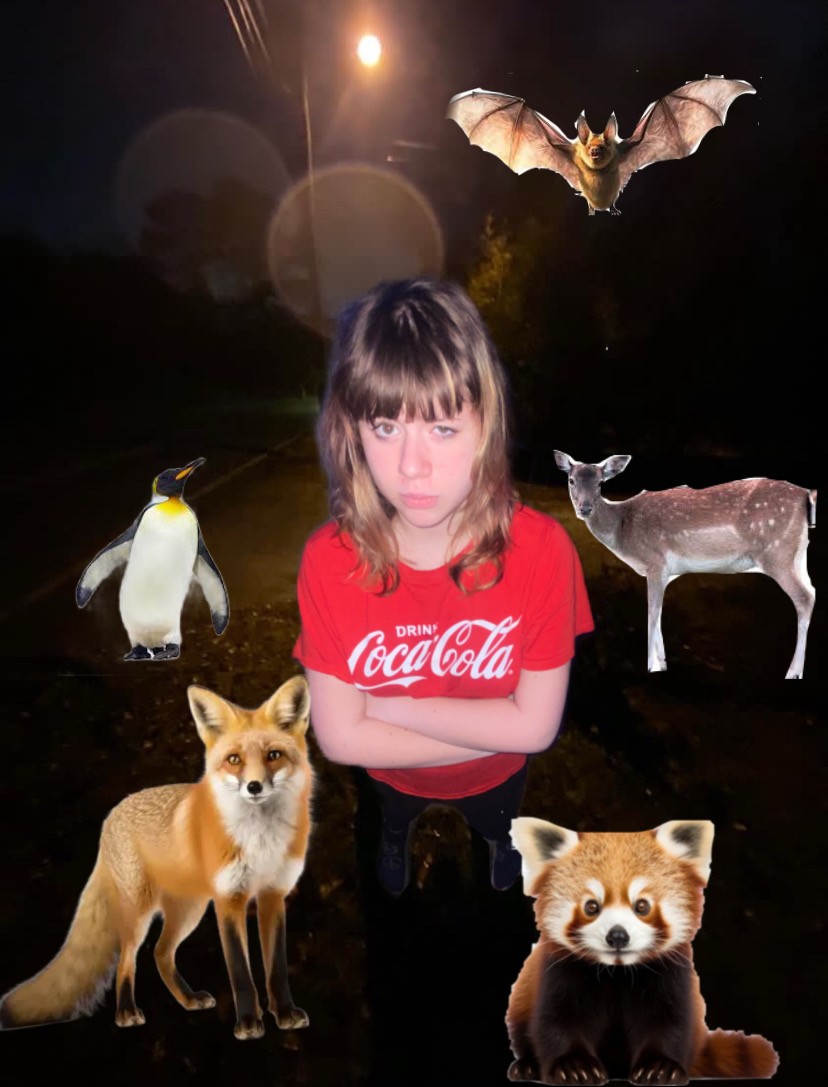When most people think of math, they think of drudgery, or they dredge up old memories of anxiety over math tests. So much of our media shows math as an enemy we should all unite against – with people screaming or babies crying, captioned with messages like, “How it feels trying to understand math.”
But I’ll make a bold claim here: Math is fun. Math is creative. And what’s more, it’s beautiful.
Don’t get me wrong. I understand where the masses are often coming from. From an early age, we teach math as something you either get or you don’t, something that is black and white and something that often just requires blunt memorization in a way that doesn’t make a lot of sense. We require kids to flat out memorize multiplication tables, show algebra as if there is only one possible mentality and approach geometry with “proof” methods that require more delineation than is truly necessary, often confusing and stressing out the students. There’s no wonder that math often gets a bad rap.
However, math isn’t truly what is taught in school. There’s math beyond the realm of the Common Core, beyond the limitations of standardized testing. I’ll even venture to call the math we’re taught in school, at least everything before calculus, something entirely different. The concepts of math and “school math” are entirely separate in my mind.
Math itself is almost poetic. There’s an allure to it that you get from almost nothing else, as you can tie radically different ideas together and bring them into one place and make startling conclusions that nobody ever thought could possibly exist. It’s a space where everything you can find out is universal truth, meaning it can never be disputed, even millenia later. It’s like watching a debate and following the same logical progression of ideas, but in the end, instead of being left with some sense of uneasiness at the typical gray areas of politics or law or philosophy, we get the beauty of the logic with the satisfaction of certainty.
It’s this natural allure that has shaped math throughout history. It becomes almost a religion for some, more of a calling than a choosing, which makes for a really fascinating historical landscape. Ramanujan, one of India’s most famous mathematicians, claimed his ideas came to him from a goddess and was willing to traipse halfway across the world to England and lose many of his cultural ties in order to spread those ideas with the world. Johann Bernoulli, the father of the renowned mathematician and scientist Daniel Bernoulli, tried to steal the credit for Daniel’s work when he learned that his son had surpassed him in one of his major research projects – by publishing the same work with a fake date earlier than Daniel’s. Andrew Wiles, a British mathematician, was able to solve one of the world’s most famous 300-year old problems by pulling together two very different, very modern fields of study after working practically in isolation for many years.
It’s a testament to the beauty of the subject that creates stories so profound and passions so great. I deem it “the soap opera of math history” and I believe it illustrates something that is hard to explain otherwise – just how devoted mathematicians are to their work – a devotion that only comes from a subject so captivating.
I started participating in math tournaments seriously around seventh grade, and it was around that time that I started reading as many math books as I could – as much about the subject as about its history. To mathematicians, math is a emotional language that tells stories just as powerful as the rest of us can read in English. After all, as Albert Einstein once said, “Pure math is the poetry of logical ideas.” Math is poetry and novels and thrillers all thrown into one, and yet it’s nonfiction – it’s truth.
There’s something innately powerful about starting at just a few simple statements, such as the fact that you can form a line segment from two points, and building entire fields of study from a handful of initiative statements. Much of geometry is built upon just five statements, called Euclid’s Postulates, but it’s still a diverse, growing subject. Building something far from intuitive from only intuitive statements and intuitive progressions is something I find truly beautiful.
That brings me back to what sets math apart from “school math.” One is taught in a much more intuitive way than the other. One is beautiful, and one often returns to rote memorization.
Math itself involves so many more subjects than algebra and geometry, such as number theory, combinatorics, topology and set theory. That’s not to overwhelm you with what may be new terms, but to show you that math is a large, diverse field of study. Mathematicians spend their time exploring uncharted landscapes, not doing arithmetic that’s simply “more complex” or repeating problems that were taught in school.
What’s more, math is practical. Even if a mathematician doesn’t go into an applied field, meaning using math in relation to biology, chemistry, business or engineering, a lot of the more pure math ends up being applicable at some point down the road. For example, quaternions, a special type of complex number, were discovered in the 1840s by a mathematician for purely abstract reasons, but eventually they ended up proving extremely useful in quantum physics, almost a century later.
Out of all the subjects taught in school, math is the most misunderstood. It’s more creative than analytical, and yet it’s practical, and it lends itself to a type of beauty that many of us can only find otherwise in art. From one revolutionary realization of a caveman that counting was a possibility, we have built a subject that exists not only for aesthetic reasons but is the backbone of our society; it is crucial for our sciences, our infrastructure and our digital world.





Stan Curtis • Feb 23, 2019 at 3:02 pm
Great article. Makes me wish that I would have gone beyond applied math. Keep up the good work!